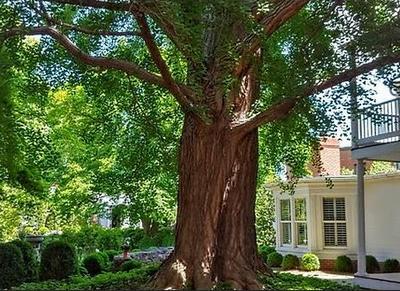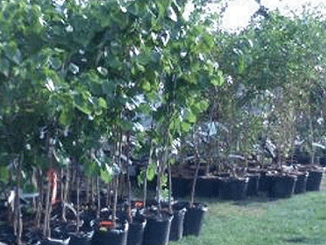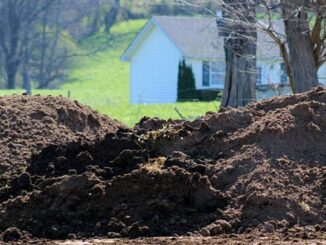
ROCKVILLE, Maryland, January 21, 2021 (ENS) – Living near an abundance of green plants and trees can offset the negative effects of air pollution on blood vessel health, according to a first-of-its-kind study published ahead of print in the “American Journal of Physiology-Heart and Circulatory Physiology.”

Past research has shown that proximity to green space – trees, flowers and other vegetation – can lower blood pressure levels and the risk of heart disease. A number of environmental factors may come into play, including the increased opportunity for outdoor exercise, reduced mental stress and socioeconomic status.
In the new study by five scientists associated with the Christina Lee Brown Envirome Institute at the University of Louisville in Kentucky, the researchers looked at the arterial stiffness of 73 adult volunteers with co-occurring conditions such as obesity, high blood pressure, diabetes and high cholesterol that put them in the moderate-to-severe risk category for heart disease.
Using the participants’ residential addresses and data from U.S. Geological Survey and local Environmental Protection Agency monitoring stations, the research team analyzed environmental factors where the volunteers lived.
They looked at the vegetation index, including the amount of and variation in greenness levels within a 200-meter radius and also a one-kilometer (0.62 mile) radius around each volunteer’s home.
They measured the levels of particulate matter, which are tiny toxic particles invisible to the naked eye, in the air, and they measured the amount of ground-level ozone, a colorless, toxic air pollutant.
During times when the particulate matter and ozone levels were high, the study participants had higher levels of arterial stiffness, however, those who lived in areas with more plants had better blood vessel function.
Trees and other greenery offset the vascular dysfunction that air pollution causes, the researchers explained.

Previous work from the same research group found that “individuals who live in areas of high greenness show lower exposure to volatile chemicals and that they have greater household income.”
In the current study, they explored the relationships between greenery, air pollution and arterial stiffness and found a similar correlation between the U.S. Geological Survey’s normalized difference vegetation index and average household income.”
“Even when adjusting for self-reported lifestyle habits such as exercise and smoking – 70 percent of the volunteers were nonsmokers – the researchers found that “the effects of green spaces on hemodynamic function are largely independent on median household income, physical activity levels and tobacco use.”
“These findings indicate that living in green areas may be conducive for vascular health and that the [favorable] effects on greenness may be attributable, in part, to attenuated exposure to air pollutants such as [particulate matter] and ozone,” the researchers wrote.
The scientists on this study acknowledge that the relationship between blood vessel health, green space and air pollution has not been fully explored and that more research is needed.
Read the full article, “Residential proximity to greenness mitigates the hemodynamic effects of ambient air pollution,” in the American Journal of Physiology-Heart and Circulatory Physiology.
Copyright Environment News Service (ENS) 2021. All rights reserved.
© 2021, Environment News Service. All rights reserved. Content may be quoted only with proper attribution and a direct link to the original article. Full reproduction is prohibited.



